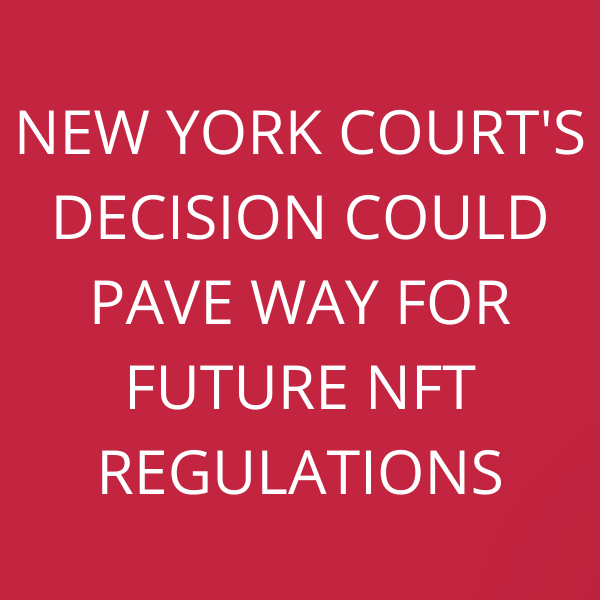The New Court has presented an interim decision regarding a dispute between Hermès and a ‘self-proclaimed’ artist. The decision involves, and could provide light in the direction, NFTs would be looked at legally.
The dispute involves a collection of 100 NFTs released by an individual called Mason Rothschild. The NFTs depicted several combinations of transformed pictures of a popular Handbag product, called The Birkin.
People outside the US might not understand what Birkin means, but it is more than just a bag. It is more like the Rolls Royce of the bags. The association being the hefty prices, and the whole branding around it being built on its price. The design didn’t matter that much, if the Birkin is priced high, the demand would be higher.
Mason released a series of NFTs involving these bags with the name MetaBirkins. He, added furs on the images of the bags for raising awareness regarding animal cruelty. The NFTs as stated by the creator, were also a critique of the consumerism seen around the Handbag. A domain name MetaBirkins.com was also registered.
The company that owns the MetaBirkins brand, Hermès, was not pleased with these developments. They complained about the use of their trademarks and being infringed upon. Hermès stated that the Respondent had stated that owning a MeraBirkins NFT was similar to buying The Birkins.
The Respondent defended itself by stating the Rogers v. Grimaldi case in which an artist is allowed to use a brand in its artworks, if it was proved that the work has some artistic creation. The Complainant instead wanted to apply the “venerable Polaroid factors” into the case. These are criterias that determine whether use of a mark claimed to be similar to another mark is confusing for the people or not. The Defendant wanted the Polaroid factor to be negated in the light of the Rogers case.
The Court ruled that the Rogers provision applied here on the Digital Works by Mason, as these were “digital images of handbags” and were similar to taking 100 photos of bags, putting a number on each photo and then selling the photo for a profit. The Court through this ruling actually meant that the NFTs were allowed the provision of Rogers. Thus implying that NFTs can’t be brought down just by mere association with a known brand.
However, the Court also rejected the Defendant’s demand to stop the Polaroid test on the virtue of Rogers test. The Court stated that although Rogers Test was allowed, the Complainant through its adequately presented facts has shown that the NFTs were indeed misleading. On this ground, even Rogers Provision could also not prevent the Polaroid test.
The Complainant however also presented its worries in the possibility that the Defendant could then again provide its brand as wearable handbags in digital environments such as the Metaverse and other virtual reality forums. The Court also said, in such a case the NFT concerned would be seen as a Commercial Product.


Join the Discussion